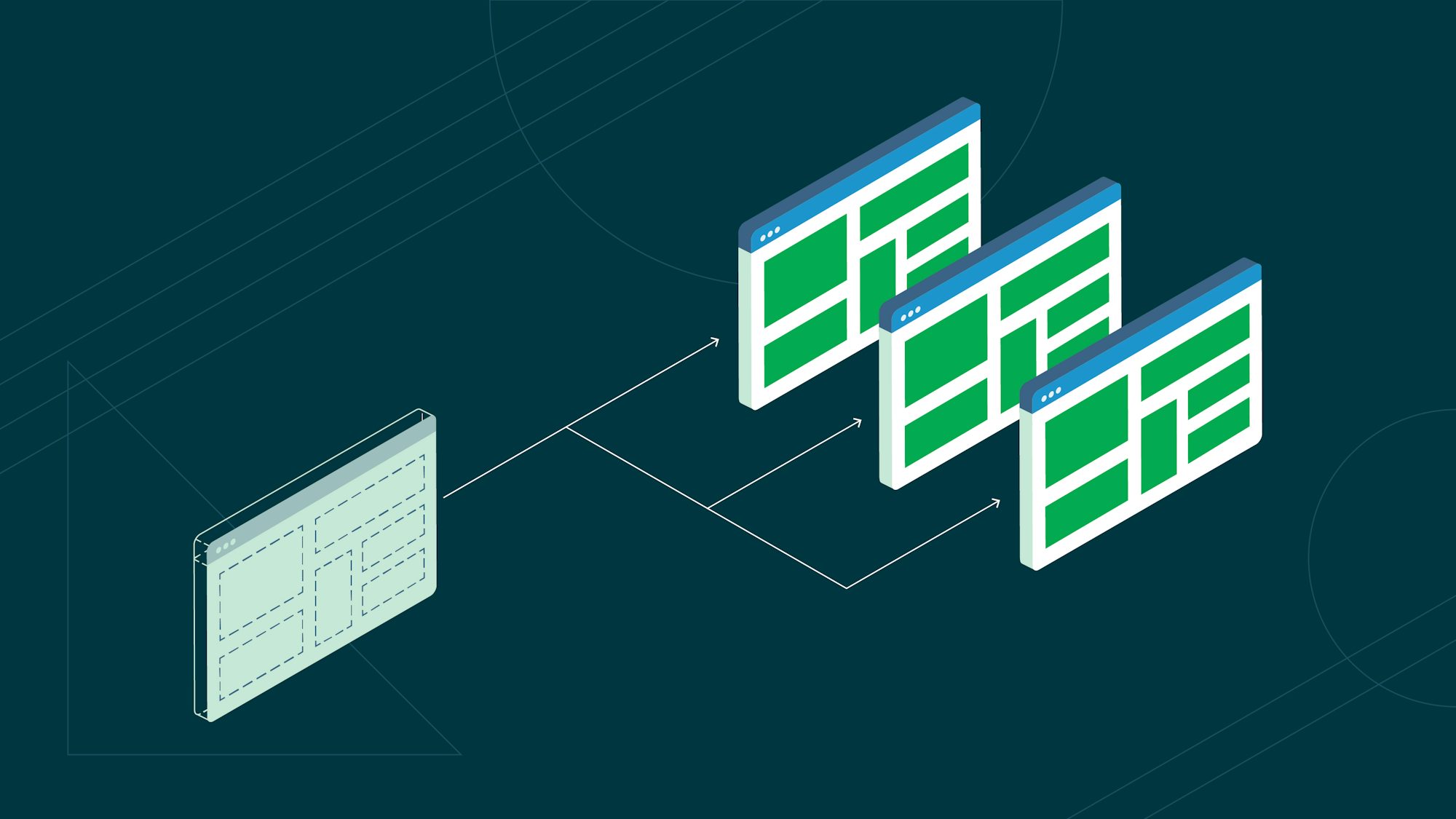Benefits of containerization

Senior Manager, Marketing Insights and Strategy

Virtualization helps developers manage huge applications and their underlying infrastructure. Containerization – packaging an application and all its dependencies into a single portable unit – makes testing and deploying these applications even faster and more efficient by ensuring consistency across different environments.
As applications and systems become bigger and more intricate, introducing new features, updating code, and optimizing DevOps processes can become challenging. With containers, you can ensure you applications run uniformly regardless of where they are deployed, making deployments faster, safer, and more scalable
What is a container?
A container is a portable computing environment. It contains everything an application needs to run, from binaries to dependencies to configuration files.
Containers operate on an abstracted layer above the underlying host operating system. Like virtual machines (VMs), they are isolated and have restricted access to system resources. Containers consume no virtual hardware, virtual kernel, or virtual operating system resources to run applications. So, containerization is a much leaner and more efficient method of virtualization.
Containers are isolated and self-contained, and a host may run one or more containers simultaneously. How many? Only the availability of computing resources can limit the number of containers you use.
Benefits of containerization
Every day, developers find new ways to put containerization to work to solve their challenges. Containerization can produce unique benefits for your applications. Here are some of the most common reasons developers decide to containerize:
- Portability
- Efficiency
- Agility
- Faster delivery
- Improved security
- Faster app startup
- Easier management
- Flexibility
Should you use containers in your application development? Review the sections below to learn about the benefits of using containers in more detail.
Portability
No discussion of containerization is complete without at least one mention of the motto “write once, run anywhere.” Because a container bundles dependencies, you can take your application just about anywhere without rebuilding it for each new environment.
The abstraction provided by containerization ensures that your container works the same way no matter where you deploy it. That means you can take your app to the cloud, run it on in a VM, or go directly to bare metal. As long as the host operating system supports your containerization tools, such as Docker, you are ready to deploy with minimal hassle.
Efficiency
Containerization is one of the most efficient methods of virtualization available to developers. Containers improve efficiency in two ways: they use all available resources, and they minimize overhead.
When properly configured, containers allow a host to take advantage of virtually all available resources. Isolated containers can perform their operations without interfering with other containers, allowing a single host to perform many functions.
Containers also remove the need for virtualized operating systems, hypervisors, and other bottlenecks that virtualization techniques introduce. Unlike VMs, which rely on their virtual kernel, containers use the host operating system’s kernel. This drastically reduces overhead and minimizes resource use.
Agility
Containerization is a crucial tool for streamlining DevOps workflows. Create containers rapidly, deploy them to any environment, and then use them to solve multiple, diverse DevOps challenges.
When a task presents itself, you can quickly develop a container to handle the job. Then you can automatically shut it down until you need it again, a process called orchestration. Technologies like Kubernetes automate the process of coordinating, managing, scaling, and removing containers.
You can think of Kubernetes as the conductor of your container orchestra. With the help of Kubernetes-coordinated containers, developers can rapidly respond to problems and spin up novel solutions without worrying about lengthy and complicated deployments.
Faster delivery
How long does it take upgrades to go from concept to implementation? Generally, the bigger an application, the longer it takes to get any improvements implemented. Containerization solves this issue by compartmentalizing your application. You can divide even the most enormous beast of an application into discrete parts using microservices.
Microservices take apart much larger applications by segmenting pieces into containers. This division makes it much easier for developers to implement changes and deploy new code. You can change isolated areas of the application without affecting the whole.
Improved security
The isolation introduced by containerization also provides an additional layer of security. Because containers are isolated from one another, your applications are running in their own self-contained environment. That means that even if the security of one container is compromised, other containers on the same host remain secure.
Containers are also isolated from the host operating system and can only minimally interact with computing resources. This is an inherently more secure way to deploy applications.
Faster app startup
Compared to other methods of virtualization, containers are quite lightweight. One of the many benefits of being lightweight is rapid startup times. Because a container doesn’t rely on a hypervisor or virtualized operating system to access computing resources, startup times are virtually instantaneous.
The only limiting factor is the application itself. With no substantial overhead to wait for, the only startup delay is from your code. Rapid startup is a great reason for frequent updates and improvements.
Flexibility
Containerization allows developers the versatility to operate their code in either a virtualized or bare-metal environment. Whatever the demands of deployment, containerization can rise to meet them. Should there be a sudden need to retool your environment from metal to virtual or vice versa, your containerized applications are already prepared to make the switch.
Containerized apps using microservices become so flexible that you can host certain elements on bare metal and deploy others to virtual cloud environments.
Thinking with containers allows developers to reconceptualize their available resources. That might mean squeezing an extra drop of processing from a machine at maximum capacity. Or it could mean finding that what before seemed like a resource limitation was simply an opportunity to innovate.
Easier management
Kubernetes offers a variety of tools that simplify container management, like rollbacks and upgrades, as part of the platform. It also handles installation. There are self-healing features you can use to attempt to recover failed containers, terminate containers that fail health checks, and constantly monitor your containers’ health and status.
Kubernetes also automates resource management. You can allocate each container a set amount of CPU and RAM to handle its tasks. Ultimately, managing containers with the help of a tool such as Kubernetes is leaps and bounds easier than traditional application management methods.
Conclusion
Containerization is a versatile technology with a wide assortment of applications across IT. Applied properly, containerization increases the efficiency of DevOps by accelerating deployment, streamlining workflows, and minimizing infrastructure conflicts. It also allows developers to make better use of available resources. Containers can be configured to take advantage of virtually all available computing resources and can require almost no overhead to operate.
The concept of containerization has its origins many decades in the past. The introduction of modern tools such as Kubernetes and the Docker engine has created something of a renaissance for containers, catapulting them to the forefront of many developers’ workflows. We are likely to see many more uses of containerization in the future as applications continue to grow in complexity.
Now is a great time to start developing with containers. You can sign up for a free plan and start using containers to speed delivery, improve security, and increase developer efficiency.




